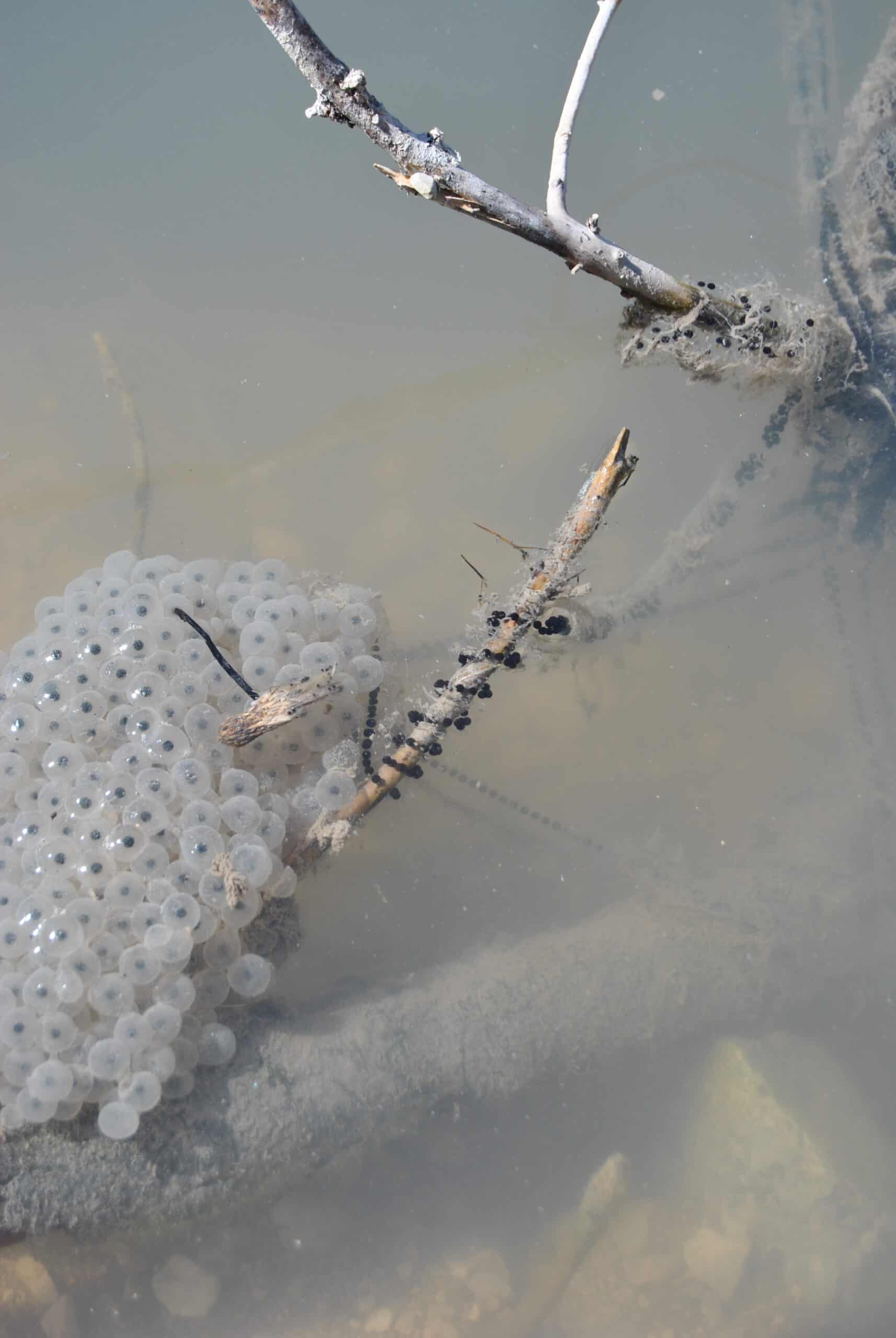Early snowmelt following a snow-scarce winter has uncovered the valley floor wetlands in San Vito di Cadore (Veneto, Italy) that we have selected for I-SWAMP: our staff went back to the field for the first amphibian survey in Mosigo resurgence springs and La Zopa ponds.
Mosigo resurgence springs consist in a small group of ponds and streams fed by resurgence and discharge water coming from the upstream Lake Mosigo. Though small, the area hosts 7 species of wetland plants underneath a sparse cover of maples and willows: this site has the potential of becoming a good example of a mosaic between a hydrophilous tall herb fringe (6430) and Ranunculion fluitans-Callitricho-Batrachion (3260). At the moment, it shows important eutrophication. The nearby lake hosts 7 species of dragonflies and damselflies. At the moment, few flower species are blooming (among others, Hepatica nobilis).
La Zopa ponds consist in a group of three small ponds and a series of shallow streams fed by resurgence springs just above the river Boite. The area was used in the past to wash the clothes of the village, as shown by the presence of an ancient wooden washbasin. The habitat shows a sparse tree cover of beech (Fagus sylvatica), spruce (Picea abies) and alder (Alnus incana), while the wetland habitat is dominated by Filipendula ulmaria and Mentha longifolia.
The amphibian survey revealed the presence of mass Rana temporaria (common frog) reproduction in lake Mosigo, with 100 egg-clumps in Mosigo springs and thousands in the shallow waters of the lake. Far less clumps, as expected, were observed in the cool habitat of La Zopa.
The lake also hosted common frog adults and tadpoles, mating common toads (Bufo bufo) and toad eggs, in the characteristic long bands with blackish eggs.
In the photo: common frog egg-clumps alongside common toad egg-bands in Lake Mosigo (ph. Giulio Menegus).



